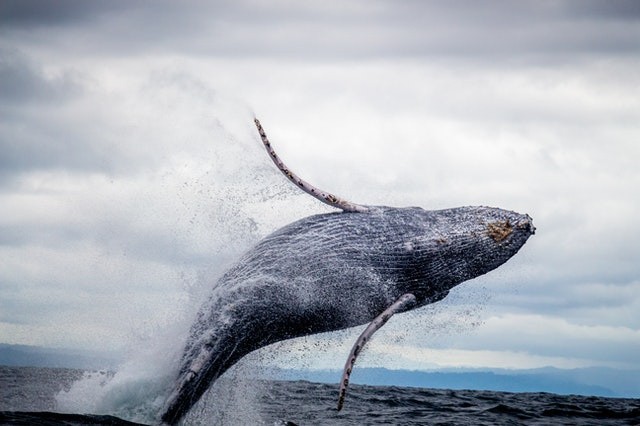
The orcas were biting the jaw of the blue whale, trying to get hold of its tongue. In a struggle for about an hour, as many as 70 killer whales tracked down and killed a blue whale off the southwestern coast of Australia, according to a marine biologist who witnessed the "astonishing, a bit of disturbing and actually mind-blowing" incident occur.

Whale Watching
Initially, it appeared like a usual day of whale watching, Kristy Brown, a marine biologist with Naturaliste Charters, a company that owned whale-watching tours located in Western Australia revealed. Brown wrote in a blog post of March 16 that the vessel occurred upon two pods of orcas in Bremer Bay Canyon, around 45 kilometers (28 miles) away from the coast, that was "playing and surfing the waves."
But not quite long, people on the boat realize that the orcas were making nonuniform wave surges. This was unusual; when orcas hunt beaked whales, for example, they usually move in unison, making waves surging in just one direction. Brown said: "But this wasn't the same, these surges were all over."
The Blue Whale's Mistake
Then, about 11:30 a.m. local time, she said that a very long, high blow [spray] that remained in the air came and It was a blue whale, evaluated to be 52 feet (16 meters) long, with many years remaining to live.
Brown revealed to Live Science in an emai that It's uncertain if the prey was a young blue whale (Balaenoptera musculus) or a pygmy blue whale (Balaenoptera musculus brevicauda), as they both make use of these waters.
Nevertheless, the blue beast committed a huge mistake when it journeyed alone into the canyon system, where orcas usually swim. In spite of what they are called, orcas (Orcinus orca), which are also named killer whales, are not actually whales.
The Marine Mammals
Instead, they're the biggest species of the family of dolphins as stated by the Ocean Conservancy. And, as their "killer" name suggests, these marine mammals are well known for hunting all types of prey, both seal, humpback whales, sea turtles, and even great white sharks.
In this condition, even though the blue whale was almost two times the length of the largest orca, which can develop to lengths of around 9.5 m (31 feet), it couldn't dislodge its pursuers. "It was entirely surrounded by orca[s] as it was swimming," Brown wrote in the blog. Also, the orcas didn't seem to rush the hunt, but they were " thoughtful, collaborative, strategic, persistent and patient instead," Brown wrote in the blog.
The Struggle
In circular waves, she said that many orcas were on the animal, pushing and shoving it and swimming fast, by the side and under it, although others discontinued the chase to rest in their wake and cruise along and close to the hunt, easily 656 feet (200 m) back. It appeared that making the blue whale tired was their goal.
The blue whale struggled until the end. It refused to give up, it went under, and for a moment they thought it was all over, yet its tail would stand up, again and again, thick and silver in the dark ocean, encircled by black and thundering fins.
Related Article : Male Humpback Whale Survives 4-Hour Attack By Troop Of Orcas
For more news, updates about orcas, blue whales and similar topics don't forget to follow Nature World News!
© 2026 NatureWorldNews.com All rights reserved. Do not reproduce without permission.





